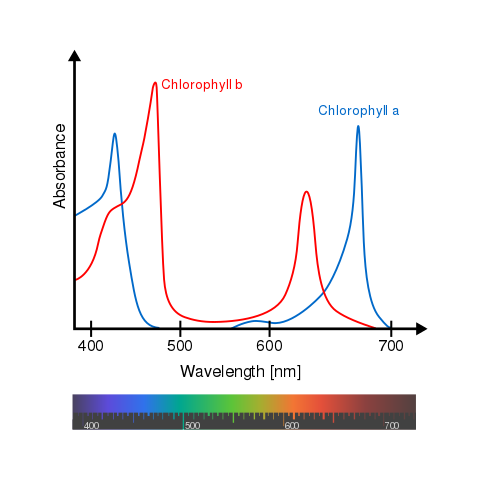A friend of mine has observed that very strong blue led light (440nm) shone onto a small tree for around a minute caused the tree to grow much more quickly than those around it. I have a few questions related to this observation, and applications to crop production. First of all, does this observation make sense? Can plants use extra light in intensities they would normally never experience? When in a crop’s life cycle would extra light make the biggest difference in yield? Would this vary by crop, and how much would it vary? Also, what wavelength would be optimal if you were just going to flash the crops with it for around a minute?
– Question by Simon via the Ask a science question page.
You must be logged in to reply to this topic. Log In

